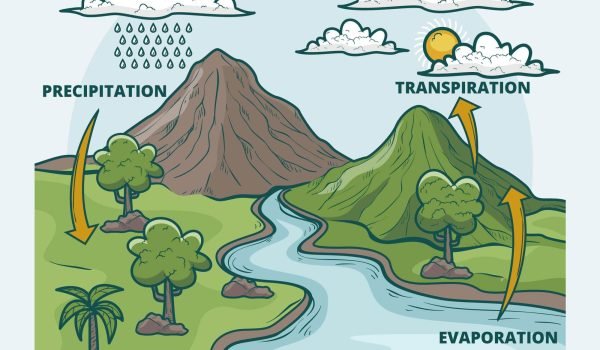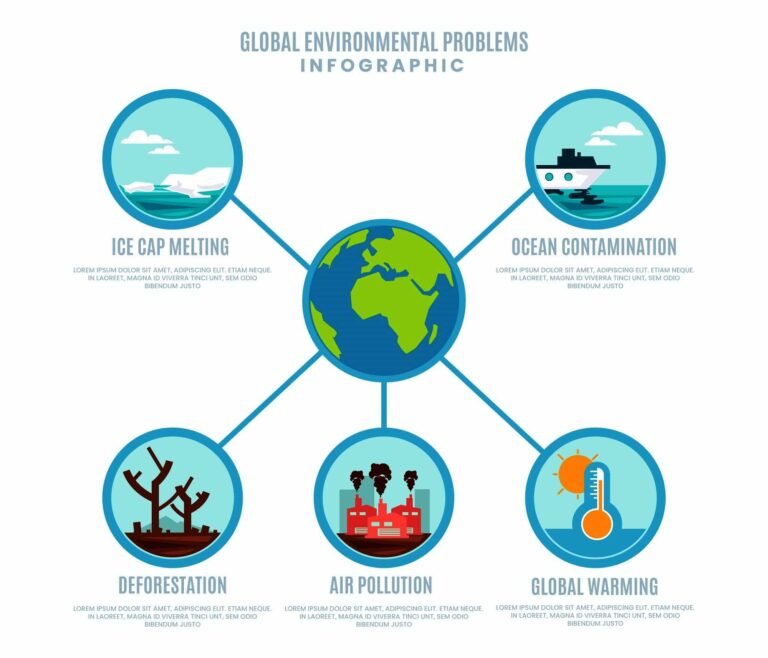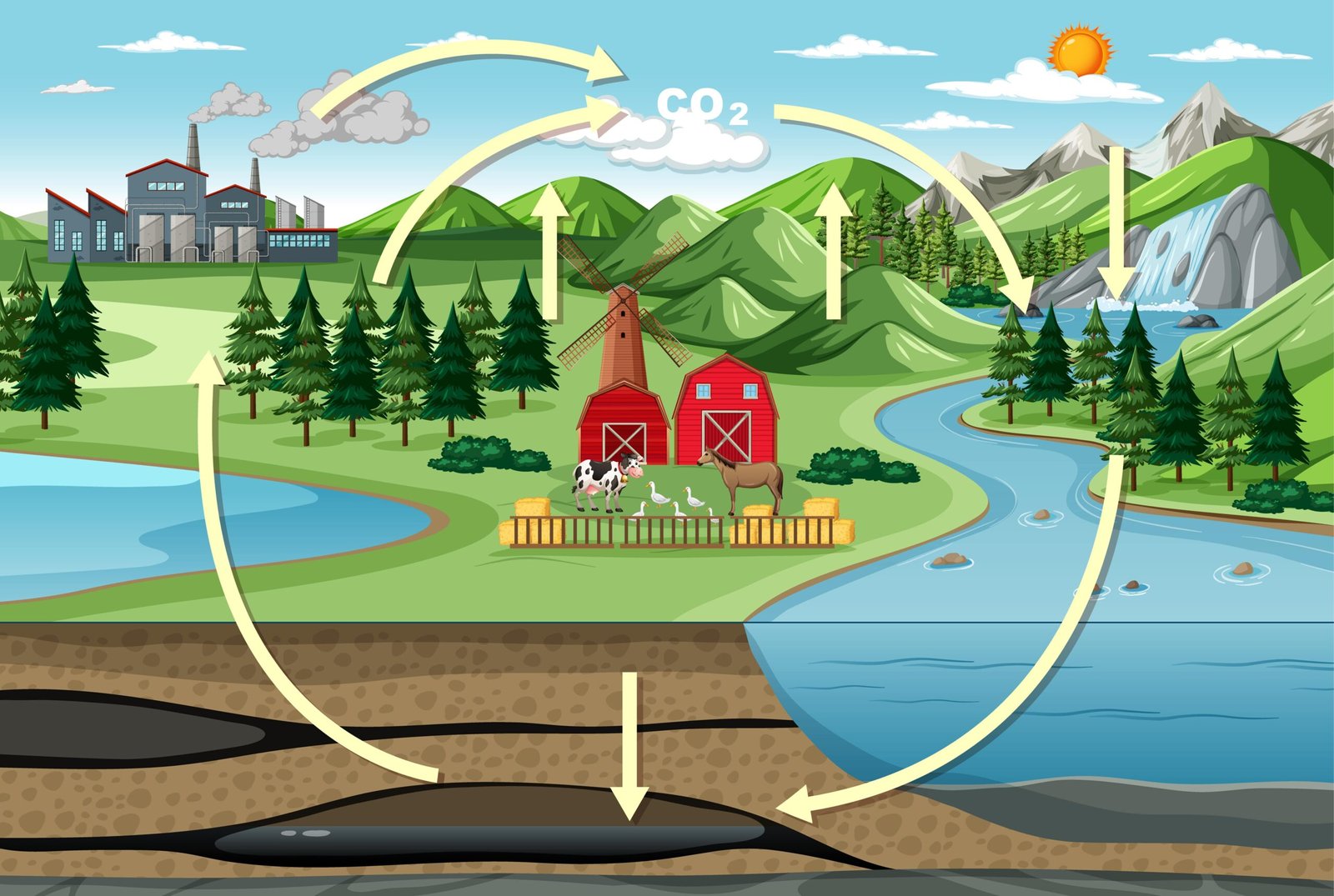Balance in Ecosystem organisms in the intricate web of interconnected ecosystems that is nature is essential to preserving the fragile balance of existence. All living things are guaranteed survival and success by an elaborate web of relationships that stretches from the summits of mountains to the depths of the ocean. We examine the idea of ecosystem balance in this blog, including its importance, workings, and effects on disturbance
Understanding Ecosystem Balance
Environments are made up of several elements such as microbes, plants, animals, soil, water, and air. Through interactions, each part creates complex networks of nutrient cycling and energy transfer. The idea of balance, which maintains stability and resilience through carefully regulating species distribution and abundance, is central to these relationships.
The idea of trophic levels is one of the basic ideas guiding ecosystems. Trophic levels are a straightforward way to conceptualize the hierarchical structure of feeding connections in an ecosystem. Producers, like plants and algae, are at the base of the food chain. They use photosynthesis to capture solar energy. The next level is occupied by herbivores, which eat producers, and carnivores, which hunt herbivores. Apex predators, who are at the top of the pyramid, control the numbers of animals at lower trophic levels.

Keeping the Balance
A number of processes, like as symbiosis, competition, predation, and nutrient cycling, keep the balance in environments. For example, predation ensures that other organisms in the ecosystem survive by limiting the over-exploitation of prey species and controlling their number. Similar to this, population levels and patterns of dispersion are controlled by competition for resources like food, water, and shelter.
Ecosystem balance is also influenced by symbiotic partnerships, in which several species interact in ways that are mutually beneficial. Examples are commensalism, in which one species benefits without causing harm to the other, and mutualism, in which both species gain. These connections foster collaboration and resource sharing, which increases the resilience of environments.
Moreover, the cycling of nutrients is essential to preserving ecosystem fertility. Through biogeochemical processes including decomposition, nitrogen fixation, and plant uptake of nutrients, nutrients are continuously recycled. This guarantees the availability of vital components for the growth and development of organisms at all trophic levels, including carbon, nitrogen, potassium, and phosphorus.
consequences of Disruption
environment are susceptible to disruption even with their extraordinary resilience. Natural systems have been severely damaged by human activity, resulting in imbalance and degradation. Examples of this include deforestation, pollution, overfishing, and climate change.
For instance, deforestation upsets the equilibrium by lowering biodiversity and eliminating habitats. It destroys important species and modifies soil fertility, climate patterns, and the hydrological cycle. Similar to this, pollution from urban, agricultural, and industrial sources contaminates soil, water, and air, which has an impact on ecosystems’ ability to support life.
Another effect of human exploitation is overfishing, which can upset food webs and cause important species to become extinct, thereby upsetting marine ecosystems. Ecological collapse and imbalances throughout the ecosystem can result from the collapse of fish populations, which can have a domino effect on other species.
The biggest threat to the natural order may come from greenhouse gas emissions from human activity, which are the cause of climate change. Global environments are disrupted by rising temperatures, changing precipitation patterns, and extreme weather events, which drive some species past their thresholds and lead to mass extinctions.

Restoring balance
There is yet hope for the restoration of nature’s equilibrium, despite the obstacles presented by human activity. To lessen the effects of ecological disturbance, conservation initiatives, habitat restoration, sustainable resource management, and climate action are crucial.
The goal of conservation efforts is to safeguard and maintain important species, habitats, and environments. Conservationists strive to preserve biodiversity and replenish ecosystem function through the creation of protected areas, the execution of strategies for species recovery, and the suppression of the illicit wildlife trade.
Reforestation, wetland rehabilitation, and coastal reclamation are methods used in habitat restoration to return damaged environments to their pre-degradation state. By restoring habitat connectivity and structure, these initiatives support the survival of native species and the restoration of ecosystem functions.
In order to maintain ecosystems’ long-term health and production, sustainable resource management is essential. We can reduce the harm that resource extraction and consumption inflict to ecosystems by implementing strategies like organic farming, sustainable forestry, and fisheries management.
Ultimately, tackling the underlying cause of ecological damage requires climate action. Through the implementation of policies such as cutting back on greenhouse gas emissions, switching to renewable energy sources, and improving soil conservation and afforestation, we may effectively offset the effects of climate change and preserve the natural equilibrium for coming generations.
Conclusion
In summary, the stability, resilience, and sustainability of ecosystems depend on the natural balance of the environment. A thorough understanding of the mechanisms sustaining this equilibrium as well as the effects of its disruption is essential for making well-informed decisions and directing successful conservation initiatives. We can ensure that all species on Earth coexists peacefully with nature and has a successful future by cooperating to preserve and repair ecosystems.












2 thoughts on “Examining the Nuances of Natural Equilibrium: An Overview of Ecosystem Balance”